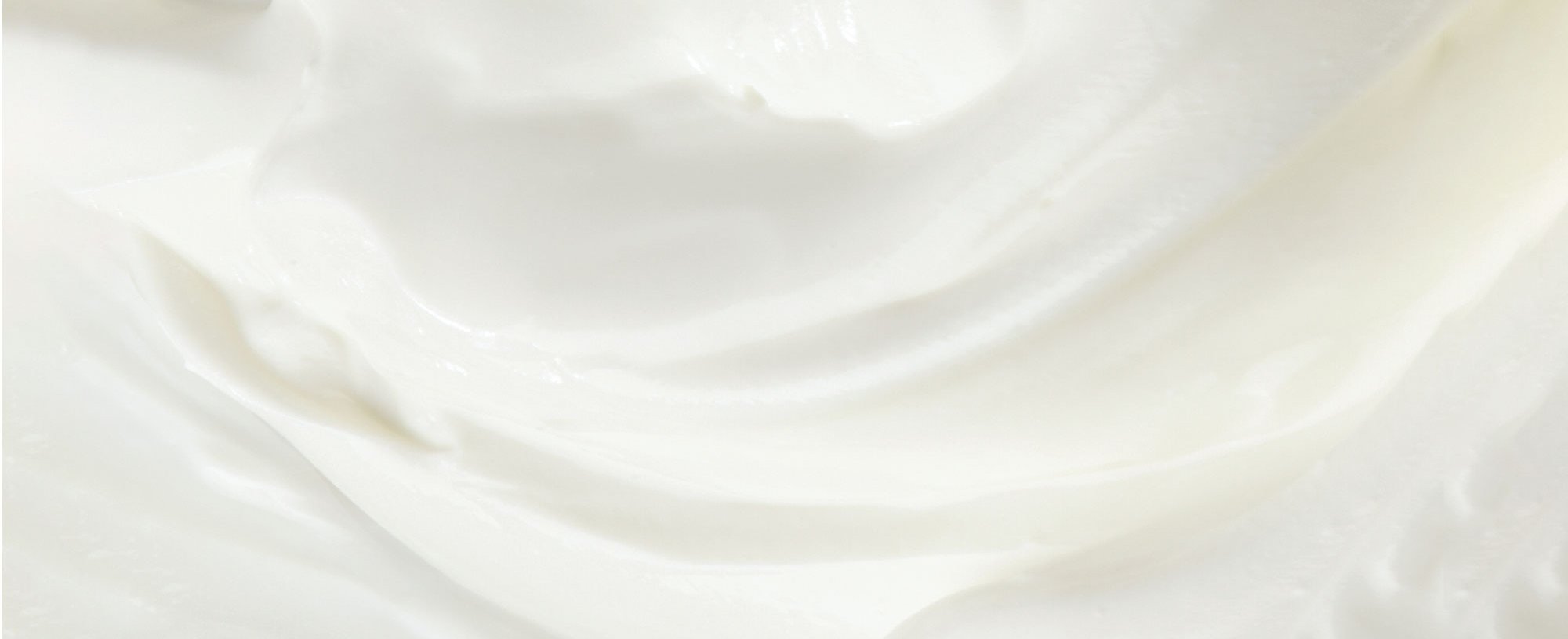Whether you have oily, dry, or combination skin, there’s a skin care routine out there to address every skin care concern. For those with rosacea-prone skin, it’s important to understand what can trigger a flare-up on your body and face. This means getting to know which skin care products to use and also which steps to take in your skin care routine that will help minimize irritation and redness. Below, we’re sharing some rosacea insight as well as seven skin care tips to make redness less visible.
What Is Rosacea?
The Mayo Clinic states that rosacea is a common skin condition that causes redness and visible blood vessels in your face, as well as small, red, pus-filled bumps, which can be mistaken for acne, an allergic reaction, or other skin problems.
Rosacea can be triggered or aggravated by a combination of hereditary and environmental factors, including increasing blood flow to the surface of your skin. While rosacea can occur in anyone, it most commonly affects middle-aged women who have fair skin, per the Mayo Clinic.
How to Care for Rosacea-Prone Skin
While there isn’t one fix for rosacea, understanding its triggers can help prevent flare-ups in the future. Consult with your dermatologist for advice, and check out these seven tips to help prevent redness.
1. Cleanse the Face Twice a Day
Since rosacea skin is prone to irritation, those who have rosacea often don’t wash their skin enough, according to the American Academy of Dermatology (AAD). However, cleansing twice a day, once in the morning and once before bed, is important to remove oil and dirt that can further irritate the appearance of rosacea. Use a mild and gentle cream cleanser, like L’Oréal Paris Radiant Smoothing Cream Cleanser, with lukewarm water to cleanse without drying out the skin.
2. Moisturize Consistently
Keeping your skin hydrated is vital when you have rosacea. Whether rosacea makes your skin dry or oily, the AAD notes that moisturizing can make your skin feel more comfortable. Apply a hydrating moisturizer, like L’Oréal Paris Revitalift Derm Intensives Micro Hyaluronic Acid + Ceramides Line-Plumping Water Cream, on your face after cleansing to lock in hydration and comfort your skin.
Shop the Products
3. Protect Your Skin From the Sun
The AAD states that sunlight is the leading cause of rosacea flare-ups. To help protect your skin from the sun, the AAD recommends applying a broad-spectrum sunscreen with SPF 30 or greater every day. L’Oréal Paris Bright Reveal Broad Spectrum SPF 50 Daily UV Lotion is a great daily pick; it’s lightweight and won’t leave visible residue on any skin tone.
4. Avoid Certain Ingredients in Your Cosmetics
Avoiding certain ingredients such as alcohol, fragrance, glycolic acid, and lactic acid in makeup and skin care products may help you avoid incidents of irritation, according to the AAD. These active ingredients can be drying and may even cause irritation. Consult with your dermatologist for more information.
5. Patch Test New Products
If you’re trying out a new product, consider patch testing it before applying it all over your rosacea-prone skin. The AAD suggests dabbing a small amount near the areas where you tend to have rosacea flare-ups, and noting if it irritates your skin within 72 hours.
6. Be Gentle
While using a mild, gentle cleanser on the face is important for those with rosacea-prone skin, it’s also important to be gentle with the way you wash your face. The AAD states that you should avoid washcloths, facial sponges, and exfoliating, as rubbing and scrubbing your face could irritate and worsen your rosacea.
7. Reduce Stress
For certain people, stress can be a trigger for rosacea flare-ups, according to the AAD. Try to find a stress-reliever or self-care activity that helps you keep the stress down..
How to Use Makeup to Conceal Rosacea
L’Oréal Paris Prime Lab Up to 24H Redness Eraser is a redness reducing primer that color-corrects the skin with complementary green tones. Use it under foundation to minimize the appearance of your rosacea.
Also Consider adding L’Oréal Paris Magic BB Anti-Redness (For All Skin Tones) to your routine from time to time, so you can temporarily hide redness while implementing a skin care routine to help long term.
Shop the Products
Is Niacinamide Good for Rosacea?
In a study by the National Center for Biotechnology Information, a facial moisturizer containing niacinamide was found to improve the skin barrier and provide benefits to subjects with rosacea by minimizing redness. Always consult with your dermatologist before adding a niacinamide serum into your skin care routine.
Is Vitamin C Serum Good for Rosacea?
According to the Indian Online Dermatology Journal, vitamin C has potential anti-inflammatory activity that can be used to address rosacea because it helps promote healing and prevents post-inflammatory pigmentation. Again, your dermatologist can inform whether adding ingestible or topical vitamin C into your daily routine makes sense for you.
Next: 6 of the Best Types of Facials to Treat Yourself With
Photo Credit: iStock







